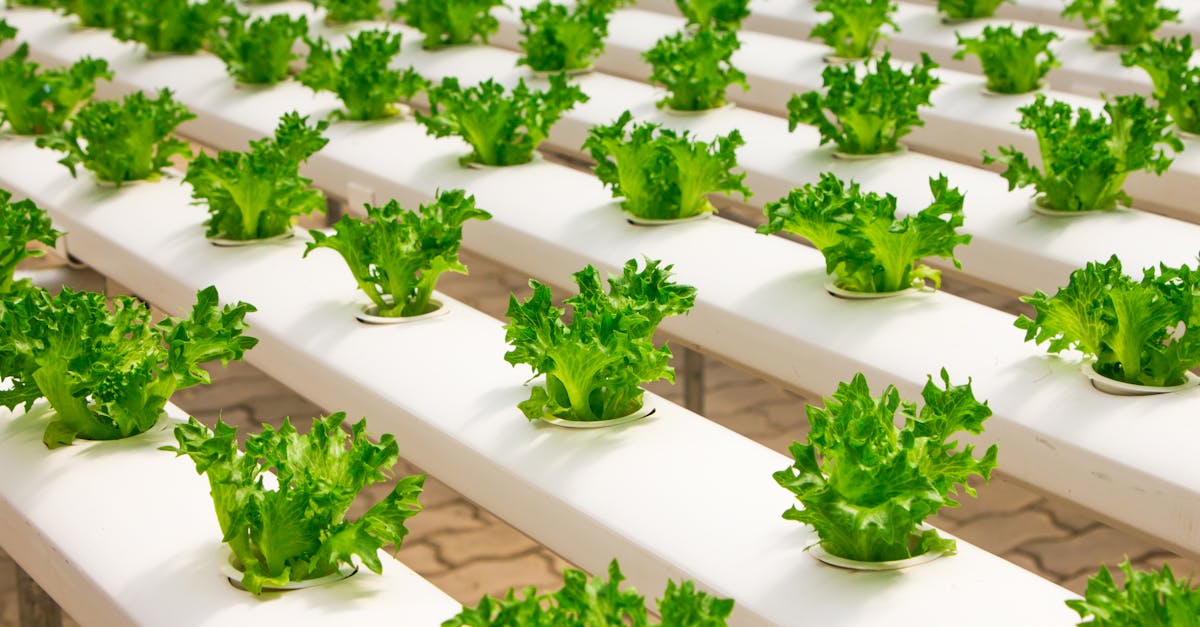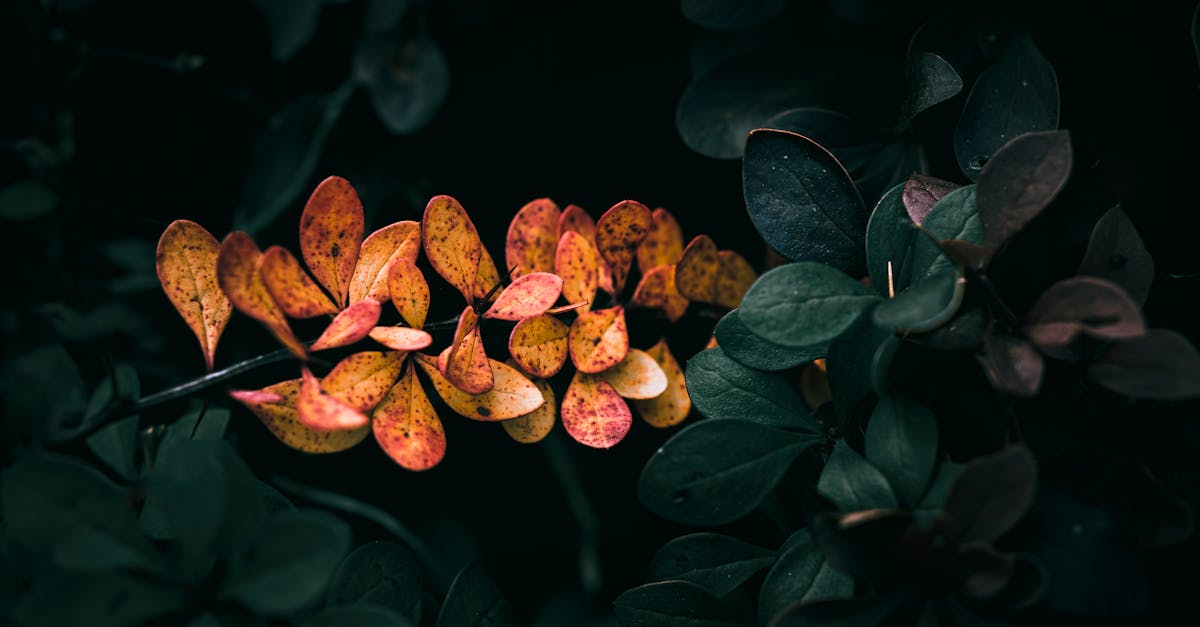Have you ever wondered why gardenia leaves turn yellow? It’s a common concern for many gardeners.
In this text, we’ll study into the reasons behind this issue and provide you with expert insights on how to address it effectively.
Understanding the underlying causes of yellowing gardenia leaves is critical for maintaining the health and vibrancy of your plants.
Join us as we investigate the various factors that can contribute to this common problem and learn how to keep your gardenias looking lush and green.
Let’s scrutinize the secrets to a thriving garden filled with beautiful, healthy plants.
Key Takeaways
- Proper drainage is crucial to prevent yellowing gardenia leaves due to waterlogged roots.
- Nutrient deficiencies like iron or magnesium can cause yellow leaves, so ensure your gardenias receive the right nutrients.
- Pests such as aphids and diseases like root rot can lead to yellowing leaves and should be addressed promptly.
- Temperature stress, both from extreme heat or cold, can affect gardenia leaves, so maintain suitable conditions.
- Overwatering is a common cause of yellow gardenia leaves, leading to root rot and hindered nutrient absorption. Be mindful of watering practices.

Poor Drainage
When soil doesn’t drain well, gardenia roots get waterlogged, causing yellow leaves. Excess water suffocates roots, hindering nutrient absorption. Ensure pots have drainage holes for excess water to escape. Soggy soil is a no-go!
Poor drainage can lead to root rot, a serious issue. To prevent this, use well-draining soil or amend heavy soil with perlite. It’s critical to strike the right balance – not too dry or too soggy.
Overwatering exacerbates poor drainage, so water only when the top inch of soil is dry. These practices can help maintain healthy gardenias, keeping those leaves vibrant and green.
For more tips on improving drainage for your gardenias, check out this helpful resource on drainage solutions!
Nutrient Deficiency
Sometimes yellow gardenia leaves can indicate a Nutrient Deficiency. Lack of important nutrients like iron or magnesium can lead to leaf discoloration. We need to ensure gardenias get the right nutrients to stay healthy.
One common deficiency is iron, causing leaves to turn yellow with green veins. Adding an iron fertilizer can help combat this issue. Magnesium deficiency can also cause yellowing leaves, which can be resolved with a magnesium supplement.
If you suspect nutrient deficiency, consider getting a soil test. It can provide valuable insights into the soil’s nutrient levels and help us make informed decisions on supplementation.
For more information on addressing nutrient deficiencies in gardenias, visit Gardening Know How.

Pests and Diseases
When our gardenia leaves turn yellow, pests and diseases could be the culprits. Keep an eye out for aphids and whiteflies, common pests that suck the sap from leaves, causing them to yellow and curl. To combat these tiny invaders, try using insecticidal soap or neem oil. Another potential troublemaker is root rot, often caused by overwatering or poorly draining soil. If you notice mushy, dark roots, it’s time to act. Consider repotting your gardenia in well-draining soil and adjusting your watering routine to prevent further damage.
Need further information on handling pests and diseases affecting gardenias? Check out this resource on preventing and treating common gardenia problems from Gardening Know How.
Temperature Stress
When gardenia leaves turn yellow, Temperature Stress could be the culprit. Gardenias prefer warmth and humidity, so extreme heat or cold can cause them distress. High temperatures can lead to yellow leaves, while cold drafts can also harm them. After all to shield your gardenia from drafty areas and sudden temperature changes. If indoors, keep them away from air conditioning vents or heating units. For more information on how temperature affects gardenias, check out this article on gardeningknowhow.com.

Overwatering
When gardenia leaves turn yellow, one common culprit is Overwatering. We might think we’re helping our plants by giving them lots of water, but too much can actually harm them. Excessive watering can lead to root rot, preventing the plant from absorbing nutrients effectively. If the soil is constantly soggy, it can suffocate the roots and cause the leaves to yellow. To avoid overwatering, make sure to let the top layer of soil dry out before watering again. Proper drainage is key to keeping our gardenias healthy. For more information on watering tips, check out this guide on watering gardenias.
